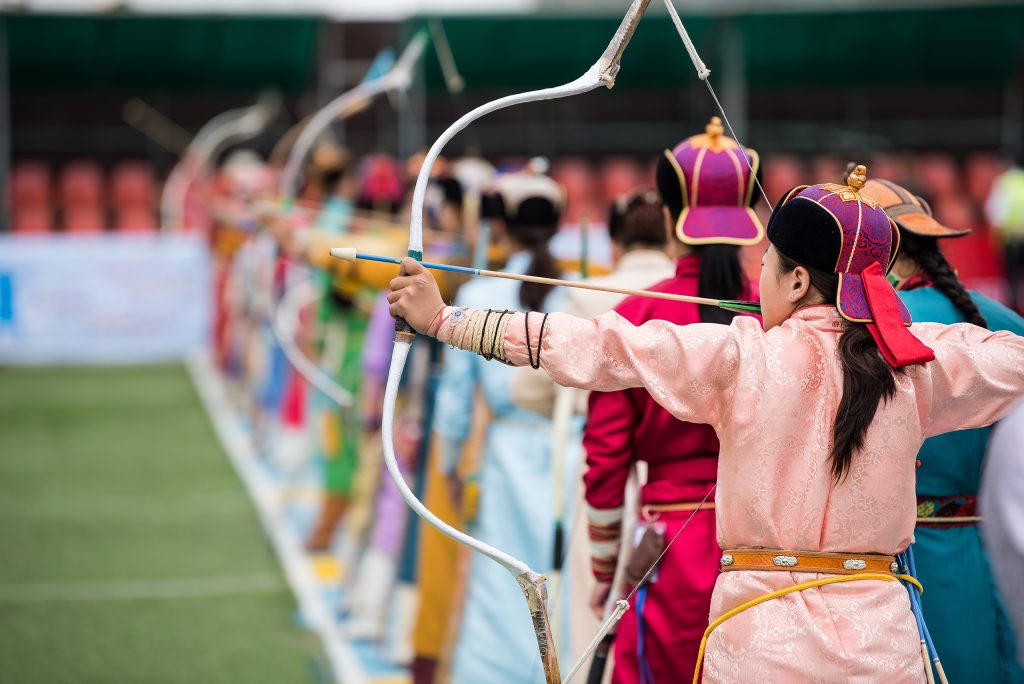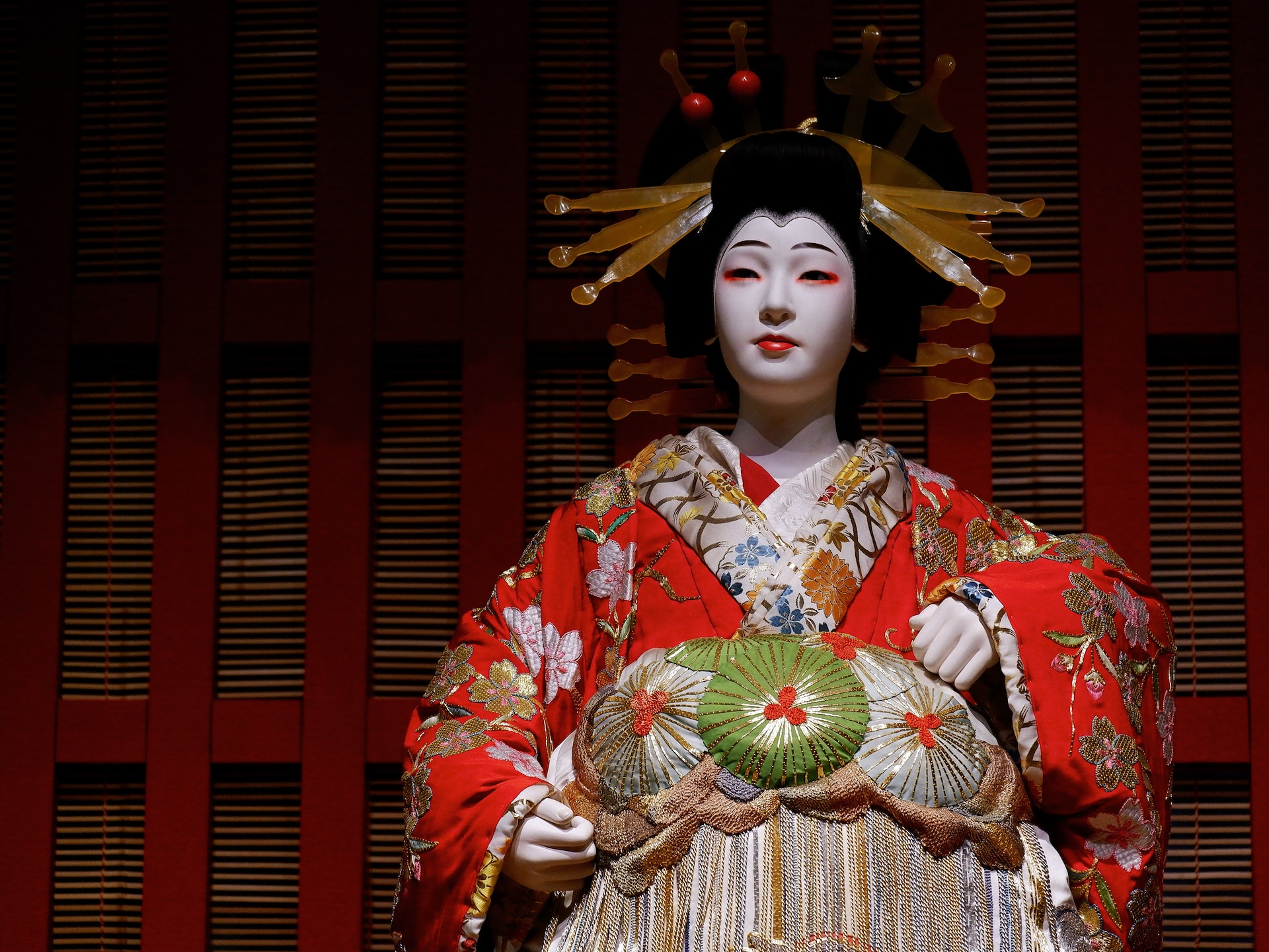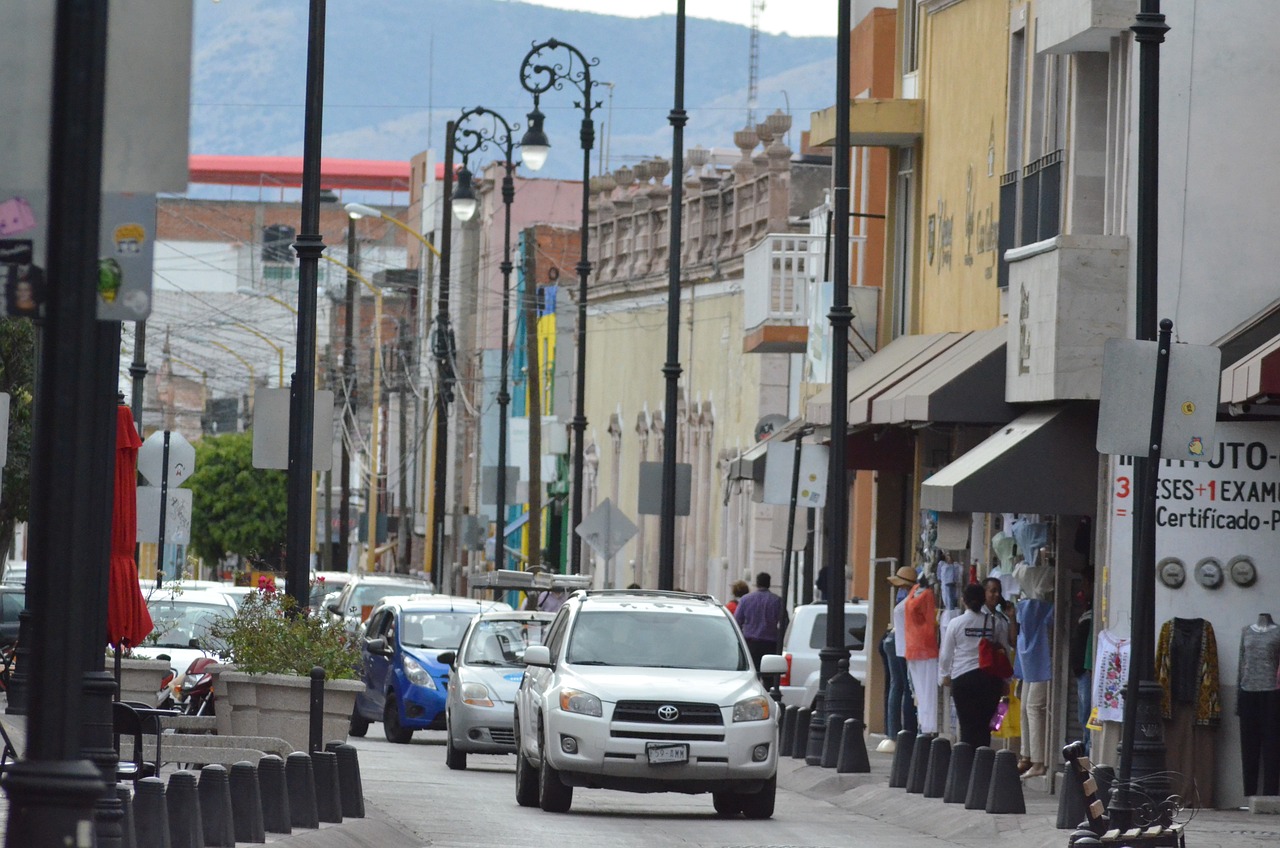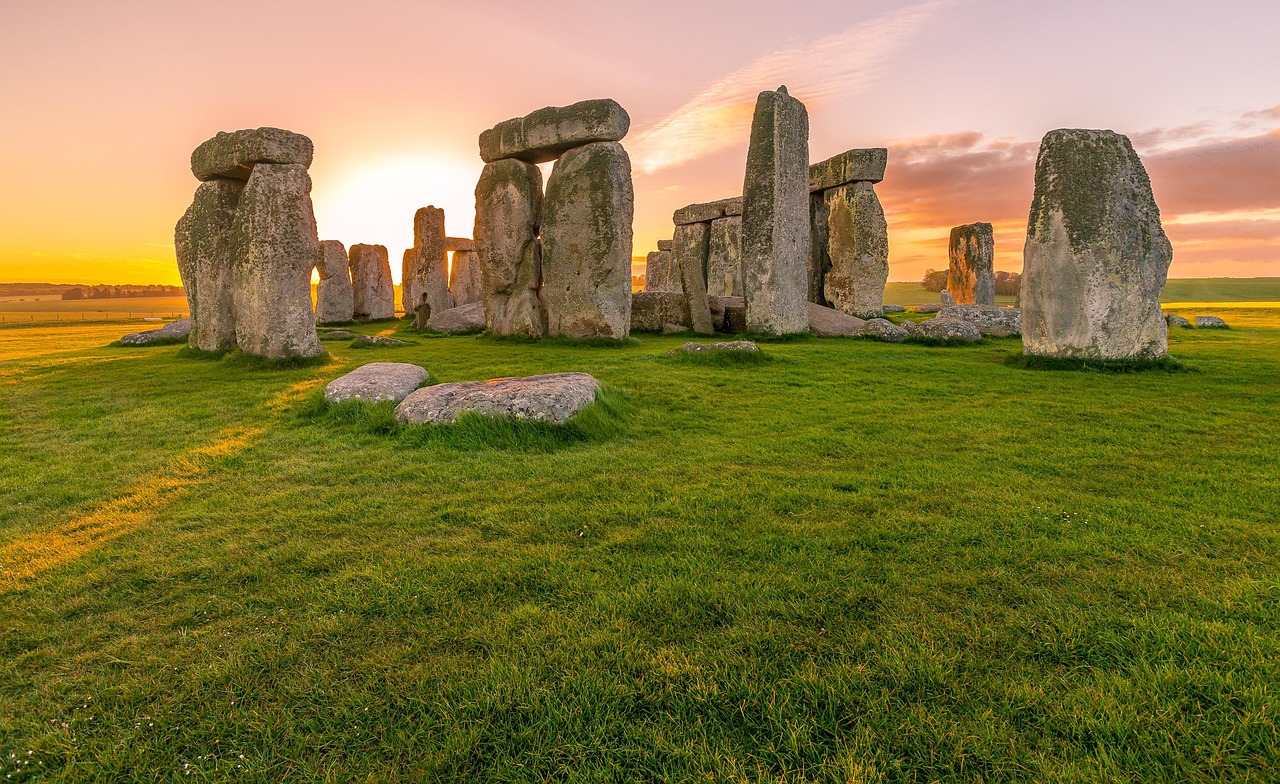Mongolia, a land of vast steppes, nomadic traditions, and rich history, is home to one of the most vibrant and unique festivals in the world: the Naadam Festival. Celebrated annually, this event is a grand showcase of Mongolian culture, sports, and spirit. At its core, the Naadam Festival revolves around the “Three Manly Games” of wrestling, horse racing, and archery. But there’s so much more to this celebration than just sports. Let’s delve into the heart of the Naadam Festival and explore its significance, traditions, and the experiences it offers.
Historical Roots
The origins of the Naadam Festival can be traced back to the Mongol Empire’s era, when military parades and sporting competitions were organized to keep the warriors in shape and test their skills. Over time, these events evolved into a festival that celebrated not just martial prowess but also the nomadic way of life and the spirit of the Mongolian people.
In 2010, UNESCO recognized the Naadam Festival as an Intangible Cultural Heritage of Humanity, highlighting its importance in preserving and promoting Mongolian culture.
The Three Manly Games
Wrestling: Mongolian wrestling is a test of strength, skill, and strategy. Unlike wrestling in many other cultures, there are no weight categories in Naadam wrestling. This means that a smaller wrestler could potentially face off against a much larger opponent. The aim is simple: to make any part of your opponent’s body, other than their feet, touch the ground. The winner earns the title of “Lion” or “Elephant” based on the number of rounds they’ve won, and the ultimate champion is crowned the “Titan.”
Horse Racing: In the vast steppes of Mongolia, horse racing is not just a sport; it’s a way of life. During Naadam, children as young as five years old participate in cross-country races that can cover distances up to 30 kilometers. These races are a true test of endurance, skill, and the deep bond between the rider and their horse. The winning horse is celebrated with songs and given the title of “Tumnii Ekhiin” or “Leader of Ten Thousand.”
Archery: Archery in the Naadam Festival is a blend of precision, concentration, and tradition. Both men and women participate, shooting arrows at targets placed at varying distances. The unique aspect of Mongolian archery is the use of traditional bows made from wood, horn, and sinew. The archers wear colorful costumes, and each successful shot is celebrated with a traditional song.
Beyond the Games
While the Three Manly Games are the main attractions, the Naadam Festival is also a celebration of Mongolian culture, music, and dance. The opening ceremony is a spectacle in itself, with performers dressed in traditional costumes, showcasing folk dances, songs, and rituals.
Visitors can also indulge in traditional Mongolian cuisine, with dishes like “khuushuur” (a type of meat pastry) and “airag” (fermented mare’s milk) being festival favorites.
The Spirit of Naadam
More than just a sporting event, the Naadam Festival is a reflection of Mongolia’s soul. It’s a celebration of the nomadic traditions, the bond between humans and nature, and the indomitable spirit of the Mongolian people. For visitors, attending the Naadam Festival is a once-in-a-lifetime experience, offering a glimpse into a culture that has remained largely unchanged for centuries.
The Naadam Festival is not just an event; it’s an embodiment of Mongolia’s heart and soul. Whether you’re cheering for the wrestlers, marveling at the skill of the archers, or getting swept up in the excitement of the horse races, you’re participating in a tradition that has been passed down through generations. And in doing so, you’re not just a spectator; you become a part of Mongolia’s rich tapestry of history and culture.
While the Naadam Festival has its roots in ancient traditions, its significance in modern Mongolia cannot be understated. In a rapidly globalizing world, where cultures often get diluted and traditions fade, the Naadam Festival stands as a beacon of cultural preservation and national pride.
Modern Adaptations
In recent years, the festival has seen some modern adaptations. For instance, there’s now a women’s wrestling category, breaking the age-old tradition of only men participating. This inclusion not only promotes gender equality but also showcases the evolving nature of the festival, adapting to the times while retaining its core essence.
Moreover, with the advent of technology, many events are now broadcasted live, allowing Mongolians living abroad to connect with their roots and participate in the festivities virtually. This has also attracted a global audience, making the Naadam Festival an international attraction.
Economic Impact
The Naadam Festival has also become a significant tourist attraction, drawing thousands of visitors from around the world. This influx of tourists has a positive economic impact, boosting local businesses, especially those in the hospitality and retail sectors. Artisans and craftsmen get a platform to showcase and sell their traditional wares, from intricate jewelry to handwoven garments.
Environmental Considerations
With the festival’s growing popularity, there’s also been a conscious effort to ensure its sustainability. Measures are being taken to minimize the environmental impact, especially in the vast steppes where the horse races take place. Efforts are underway to reduce waste, promote eco-friendly practices, and ensure that the natural beauty of Mongolia remains untouched.
A Bridge Between the Past and the Future
For many Mongolians, the Naadam Festival is a bridge between the past and the future. It’s a reminder of their glorious history, of the times of Genghis Khan and the vast Mongol Empire. At the same time, it’s a celebration of modern Mongolia, a nation that’s forging its path in the 21st century while staying true to its roots.
In essence, the Naadam Festival is a testament to Mongolia’s resilience, its ability to honor its past while embracing the future. It’s a message to the world that traditions and modernity can coexist, that one doesn’t have to be sacrificed for the other.
The Naadam Festival is more than just a series of games or events. It’s a living, breathing entity that encapsulates the spirit of Mongolia. For those fortunate enough to witness it firsthand, it’s an immersive experience, one that leaves a lasting impression. It’s a celebration of life, culture, and the enduring spirit of the Mongolian people. And in today’s world, where authenticity is a rare commodity, the Naadam Festival stands tall, a genuine representation of a nation’s soul.














